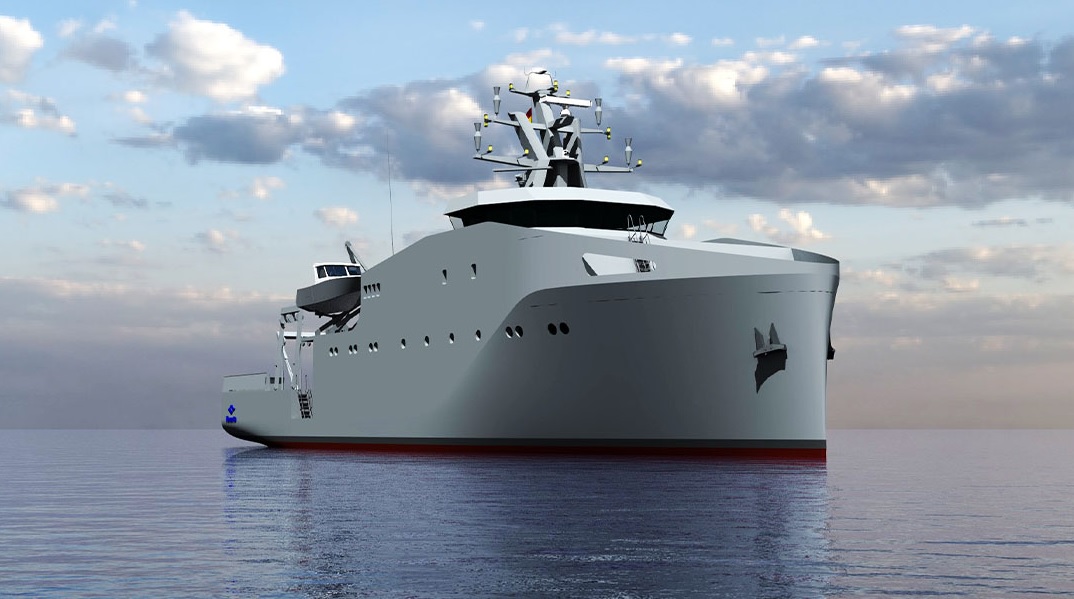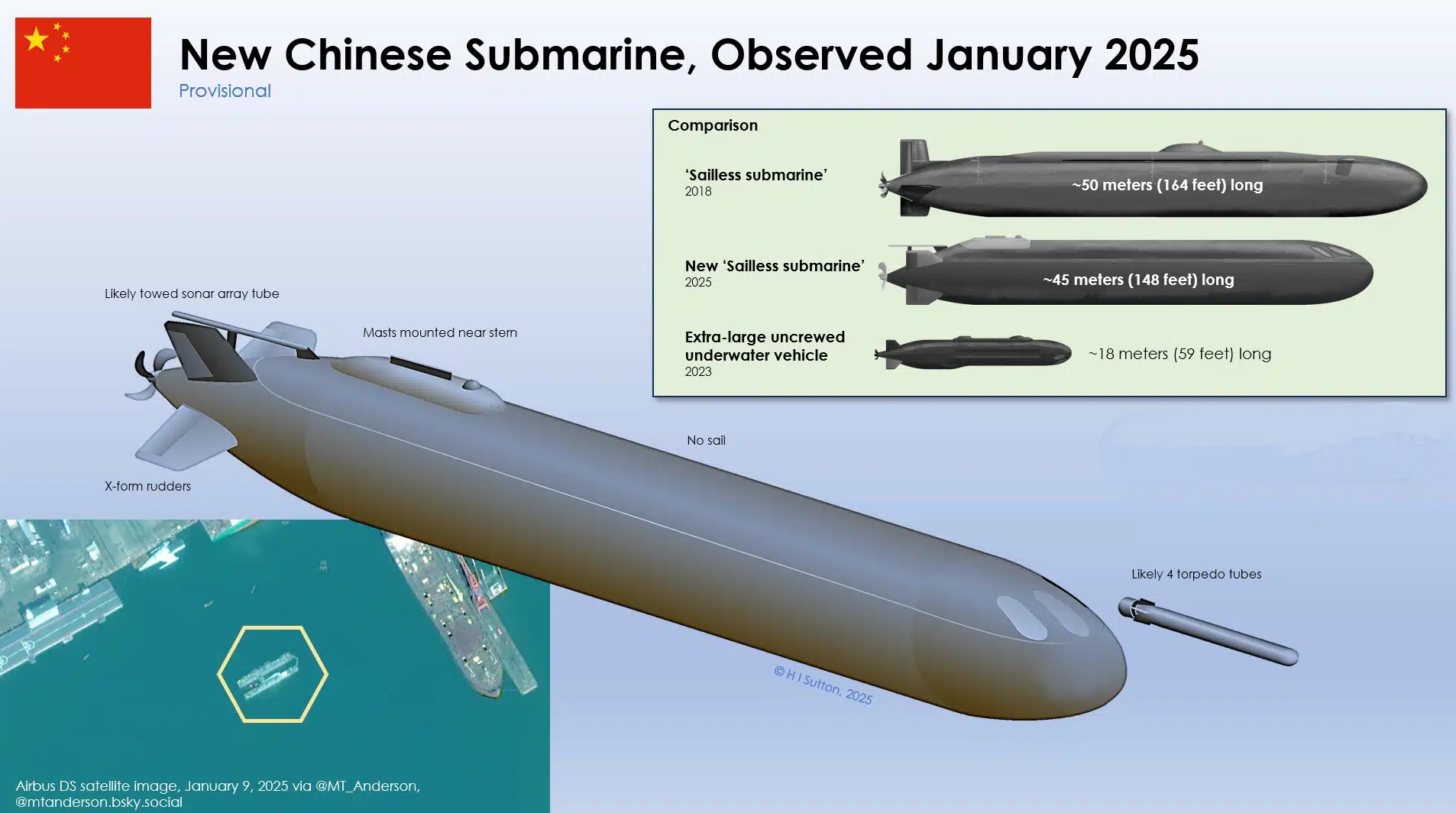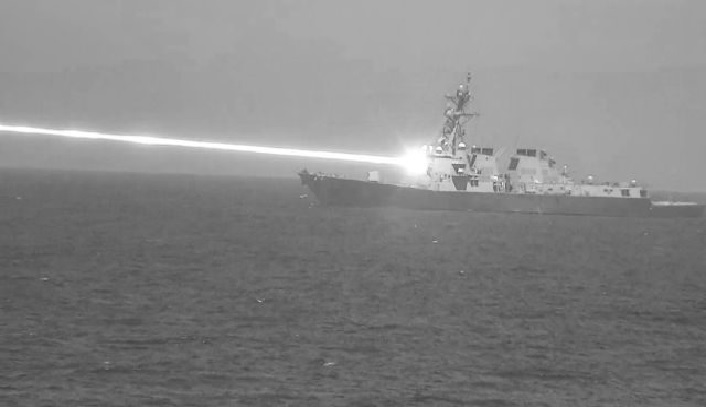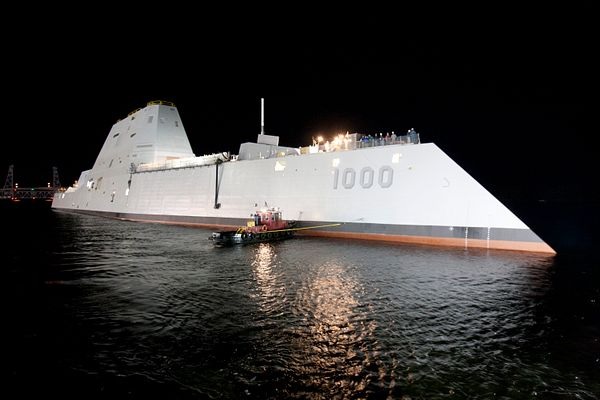Navantia Revolutionizes Shipbuilding with Siemens Xcelerator for Coastal Hydrographic Vessel Project

Navantia, a leader in the global shipbuilding industry, has announced the adoption of Siemens Xcelerator software for its Coastal Hydrographic Vessel (BHC) project. This groundbreaking move is part of Navantia’s ambitious Shipyard 5.0 programme under the ELCANO framework, aimed at transforming the shipbuilding sector through digital innovation. The project involves the construction of two state-of-the-art vessels for the Spanish Navy at Navantia’s shipyards in the Bay of Cádiz.
Siemens Xcelerator: A Digital Game-Changer
Siemens Xcelerator is an integrated suite of digital tools designed to manage every phase of a vessel's lifecycle. From conceptual design and simulation to production, commissioning, operation, and maintenance, the platform streamlines processes and ensures high-quality outcomes. By incorporating Xcelerator, Navantia aims to optimize shipbuilding workflows, reduce costs, enhance operational efficiency, and meet tighter delivery schedules.
The software’s advanced components include:
- NX: A comprehensive design solution for complex marine structures.
- Teamcenter: A lifecycle management tool that improves collaboration and data management across teams.
- Simcenter™: A simulation and optimization tool to enhance performance and reliability.
- Tecnomatix: A suite for digitalizing shipyard operations, improving production processes, and increasing precision.
Future phases of the project will also incorporate Insights Hub™, Siemens' industrial IoT platform, enabling real-time data monitoring and predictive maintenance for enhanced operational efficiency.
Training for the Future: Navantia’s Workforce Transformation
The successful integration of such advanced technology hinges on the skills and expertise of the workforce. Recognizing this, Navantia has partnered with Siemens to provide extensive training through the Marine Digital Twin programme. This initiative equips engineers and technicians with the know-how to fully utilize digital shipbuilding tools, ensuring seamless implementation.
Training sessions, conducted at the Naval Excellence Centre (Cesena) in Spain, covered key aspects of the digital transformation. These sessions included hands-on exposure to digital twins, a technology that creates virtual replicas of physical vessels to simulate and analyze performance in real-time.
Looking ahead, Cesena is set to launch formal training courses on the Marine Digital Twin starting in early 2025. These courses will focus on advanced digital shipbuilding practices, ensuring the industry remains at the forefront of technological innovation.
Coastal Hydrographic Vessel: Specs and Innovations
The Coastal Hydrographic Vessel (BHC) project itself represents a leap forward in naval design and engineering. While specific details of the vessels are closely guarded, the following key features highlight their advanced capabilities:
- Hydrographic Survey Equipment: Cutting-edge sensors and sonar systems for mapping seabeds and underwater terrain.
- Energy Efficiency: Incorporation of hybrid propulsion systems to reduce emissions and fuel consumption.
- Modular Design: Flexible layouts allowing for future upgrades or mission-specific configurations.
- Automation: Advanced control systems to enable semi-autonomous operations, reducing crew workload.
These vessels are expected to significantly bolster the Spanish Navy's capabilities in maritime surveillance, resource mapping, and environmental monitoring.
The Bigger Picture: Shipyard 5.0 and Beyond
The BHC project is a critical milestone in Navantia’s broader vision of Shipyard 5.0, a next-generation shipbuilding framework emphasizing digitalization, sustainability, and collaboration. By leveraging Siemens Xcelerator, Navantia is setting new standards for efficiency and innovation, not just within Spain but across the global naval industry.
With real-time IoT integration, lifecycle management tools, and a focus on workforce upskilling, Navantia’s approach ensures a future-ready shipbuilding ecosystem. This partnership with Siemens marks a transformative moment, bridging traditional engineering with cutting-edge digital technologies to redefine what’s possible in naval architecture.
As these coastal hydrographic vessels take shape, Navantia’s commitment to innovation promises to set a new benchmark for digital shipbuilding excellence.



